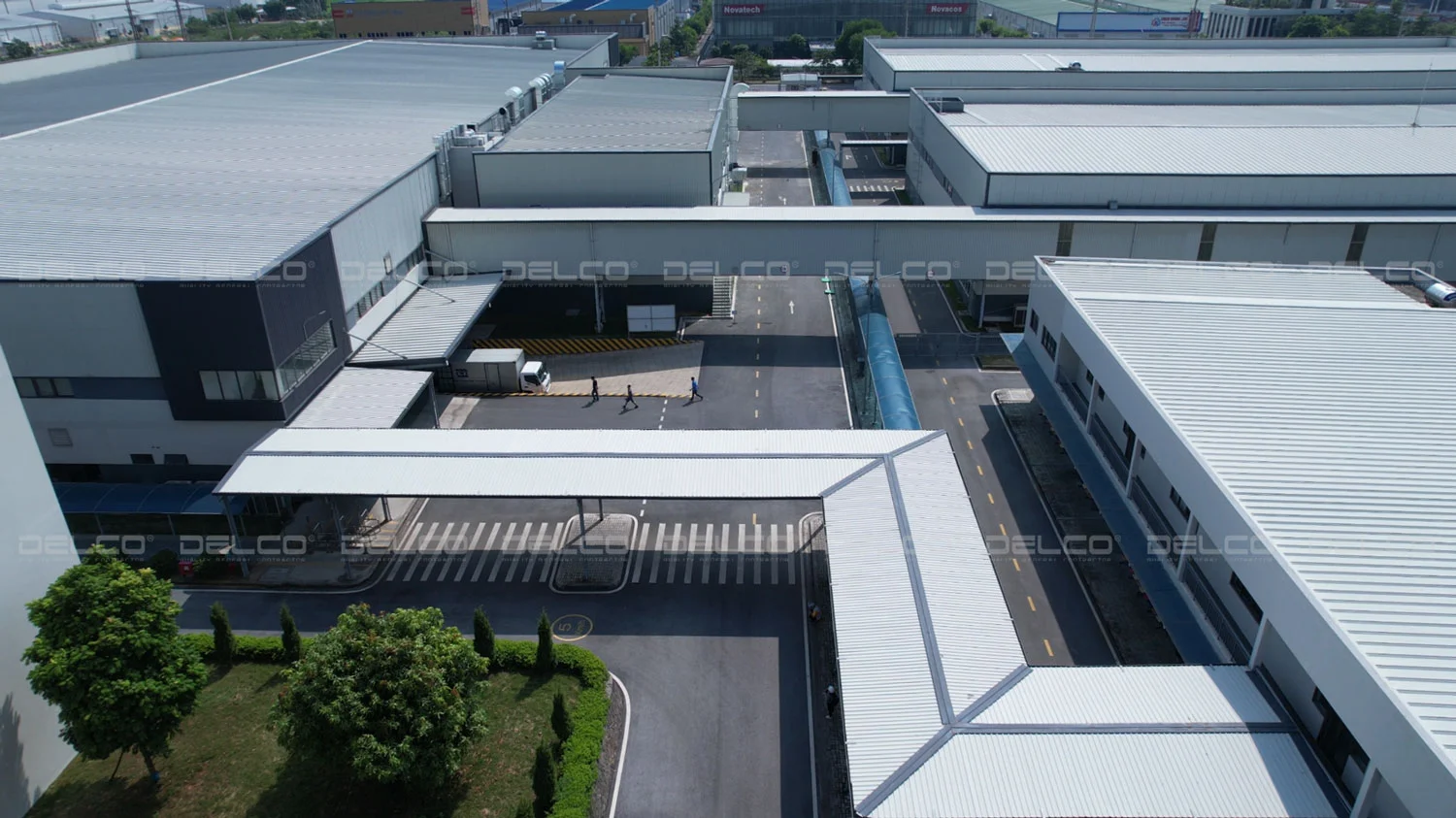Investment incentives
Currently, FDI investors in Vietnam receive numerous investment incentives such as exemptions/ reduction on corporate income tax import-export tax, and land rental. Additionally, each province offers specific policies and incentives to attract FDI, depending on the industry or region of investment. For example, in industrial parks in Hai Phong, investors are exempt (free) of land and water surface rent for the entire operation period. Meanwhile, at Lien Ha Thai Industrial Park in Thai Binh, FDI Investors receive support for land leveling costs at 80,000 VND/m². Therefore, investors should carefully research to select a location that aligns with their needs and the production sector to effectively take advantage of these incentives.
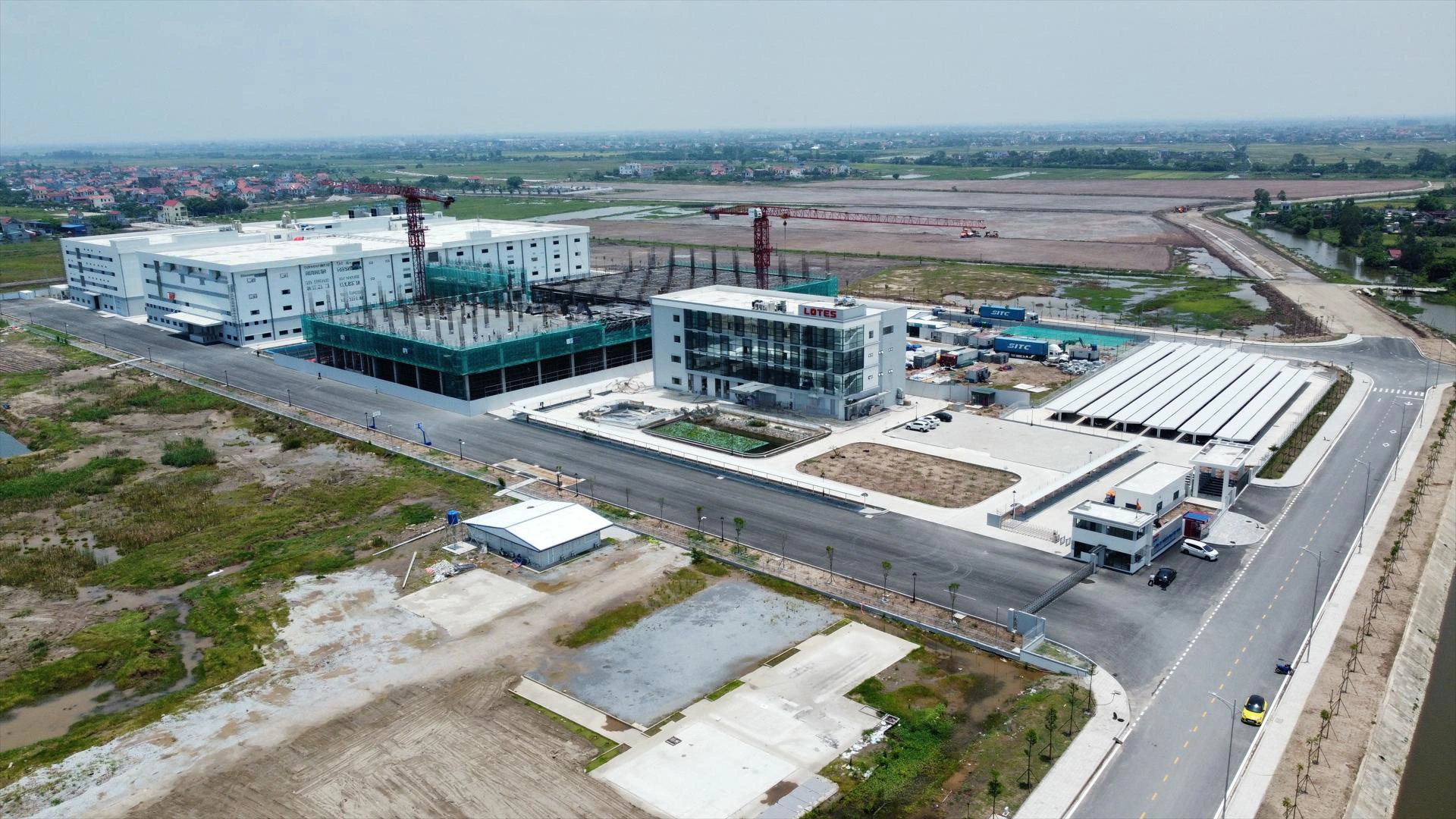 Lien Ha Thai industrial park – Thai Binh
Lien Ha Thai industrial park – Thai Binh
Additionally, Investors should also pay attention to support services, the investment environment and the investment procedures. Currently, several provinces are implementing administrative reform policies with a one-stop-shop mechanism, which shortens the time for applying permits. For instance, in Hanoi, investors can fully declare and apply for investment certification online.
Transportation and Logistics System
Developed transportation and logistics systems help Investors optimize transportation costs by reducing the distance and time needed. Besides , a convenient transportation network helps optimize delivery methods, reduce warehousing costs and shorten delivery times for partners. Therefore, businesses should choose locations near provincial roads, seaports, airports… to facilitate trade and effectively save resources.
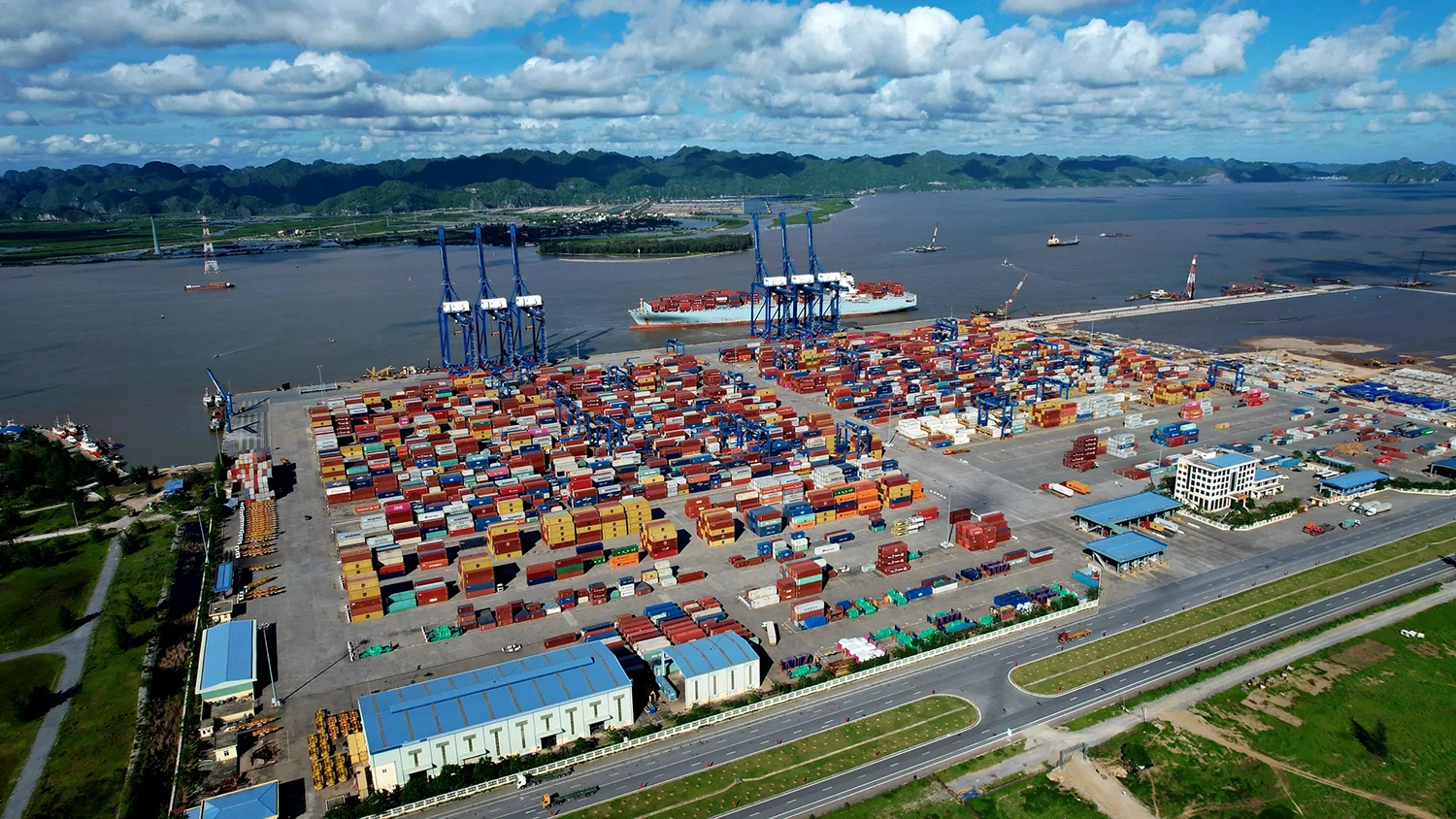 Seaport system in Hai Phong
Seaport system in Hai Phong
Industrial park infrastructure
Industrial parks with developed transportation, electricity, and water supply systems will help investors optimize both investment costs and times. Currently, 271/296 active industrial parks have standard centralized wastewater treatment systems. Building factories in these IPs not only help Investors save costs on wastewater treatment systems, but also shorten time on environmental permit procedures. Additionally, investors can choose ready-built factories in large industrial parks to shorten construction time and quickly put the factory into operation.
On the contrary, if investors choose locations with incomplete or underdeveloped infrastructure, they might incur additional costs and time for temporary constructions and utility services. In industrial parks that do not have centralized wastewater treatment systems, investors should consult reputable design consultants for optimal wastewater treatment solutions and appropriate environmental permits, reducing costs and simplifying procedures.
 Dong Van III industrial park – Ha Nam
Dong Van III industrial park – Ha Nam
Raw materials and labor resources
Choosing to build factories near raw material regions or areas with a concentrated labor force helps investors optimize operational costs, reduce the risk of material shortages and make it easier to hire workers. For example, food factories should be located near raw material regions and production farms to reduce logistics costs. Garment factories and electronics manufacturing plants are often built in densely populated and economically developed areas to easily attract workers.
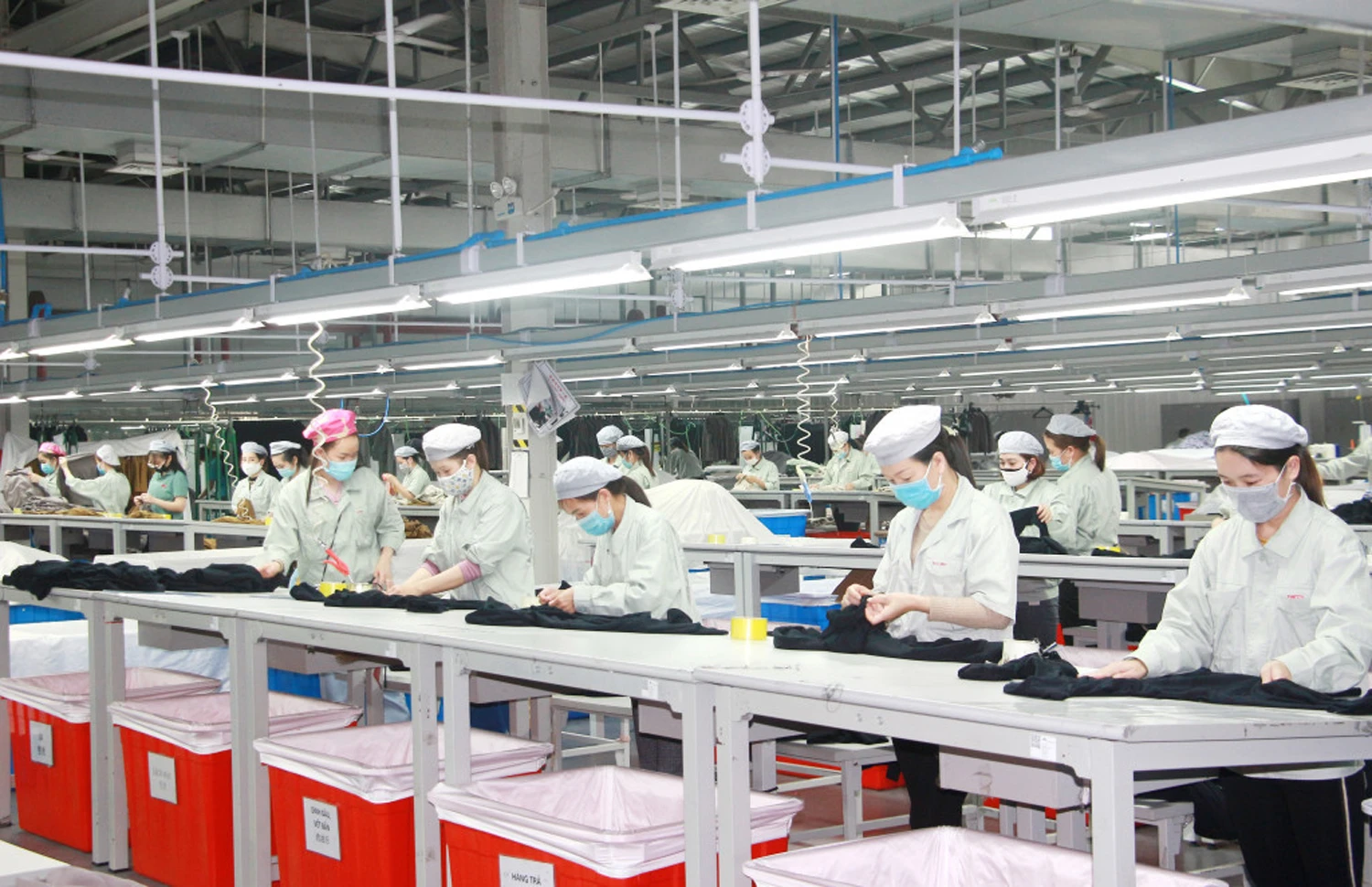
Geological conditions
Geology greatly affects the structural design of factories. For instance, solid ground will reduce the costs of foundation and ground reinforcement. Weak ground with a poor bearing capacity might require foundation treatment, significantly increasing cost for foundation. Additionally, weak soil can lead to subsidence and rapid factory deterioration, causing heavy losses and high maintenance costs for investors. Some factories, especially multi-storey ones, require strong, load-bearing ground. Investors should conduct geological surveys if necessary before choosing the factory construction location.
To choose a safe location for building a factory, investors should consult a reputable factory consultant to avoid/minimize risks. The consultant will gather information on the factory’s scale, the specifics of the production sector and production capacity, then provide suitable solutions that optimize costs.
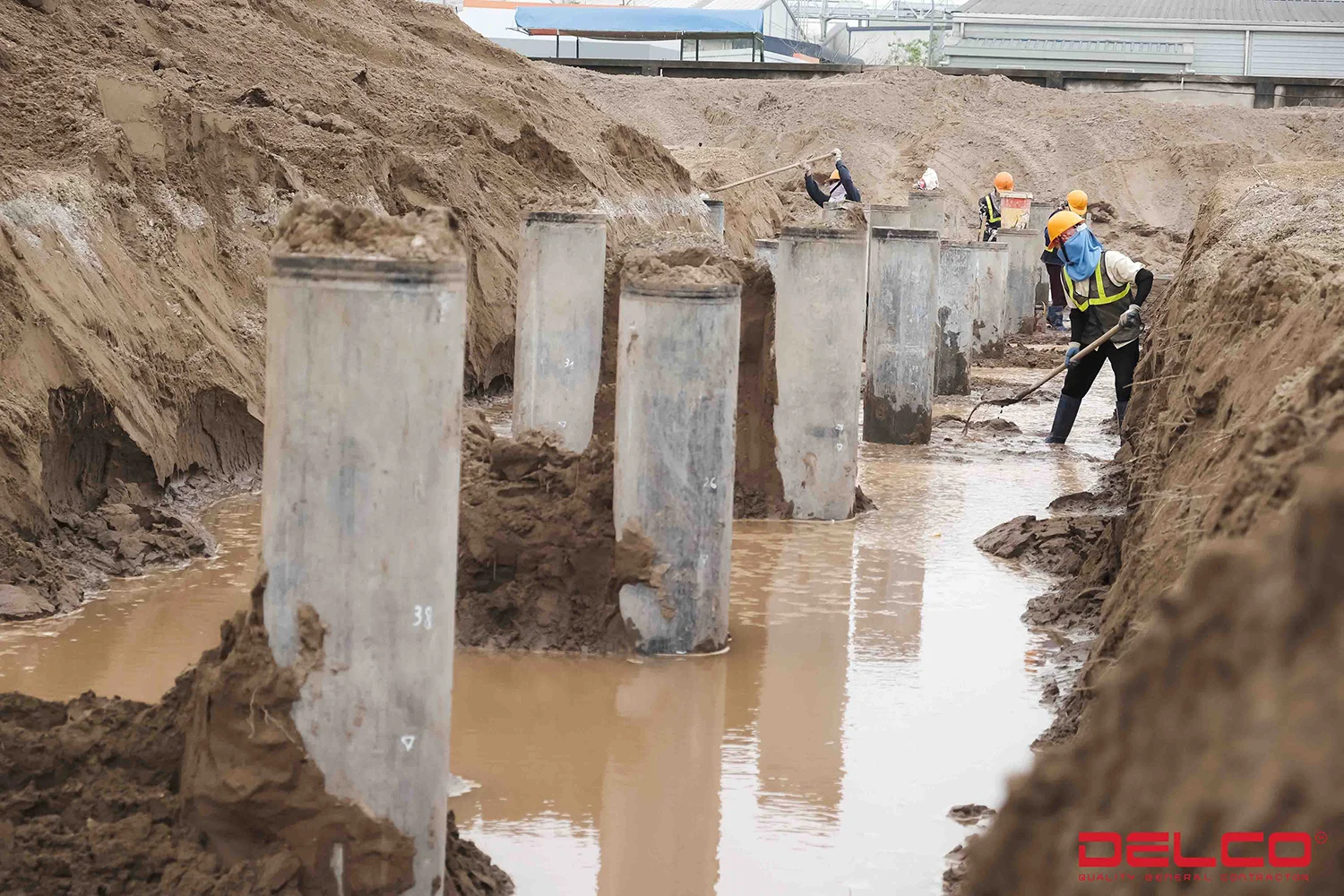
Piling at DORCO Living Vina Factory in Ha Nam by DELCO as General Contractor. Compared to many factory construction projects that DELCO has undertaken, such as the DORCO Living Vina factory in Hoa Mac Industrial Park and the NITTOKU Vietnam factory in Thi Son Industrial Park,… Ha Nam is known for its weak ground, with a good soil layer for piling found nearly 40 meters deep, which significantly increases the foundation treatment costs.
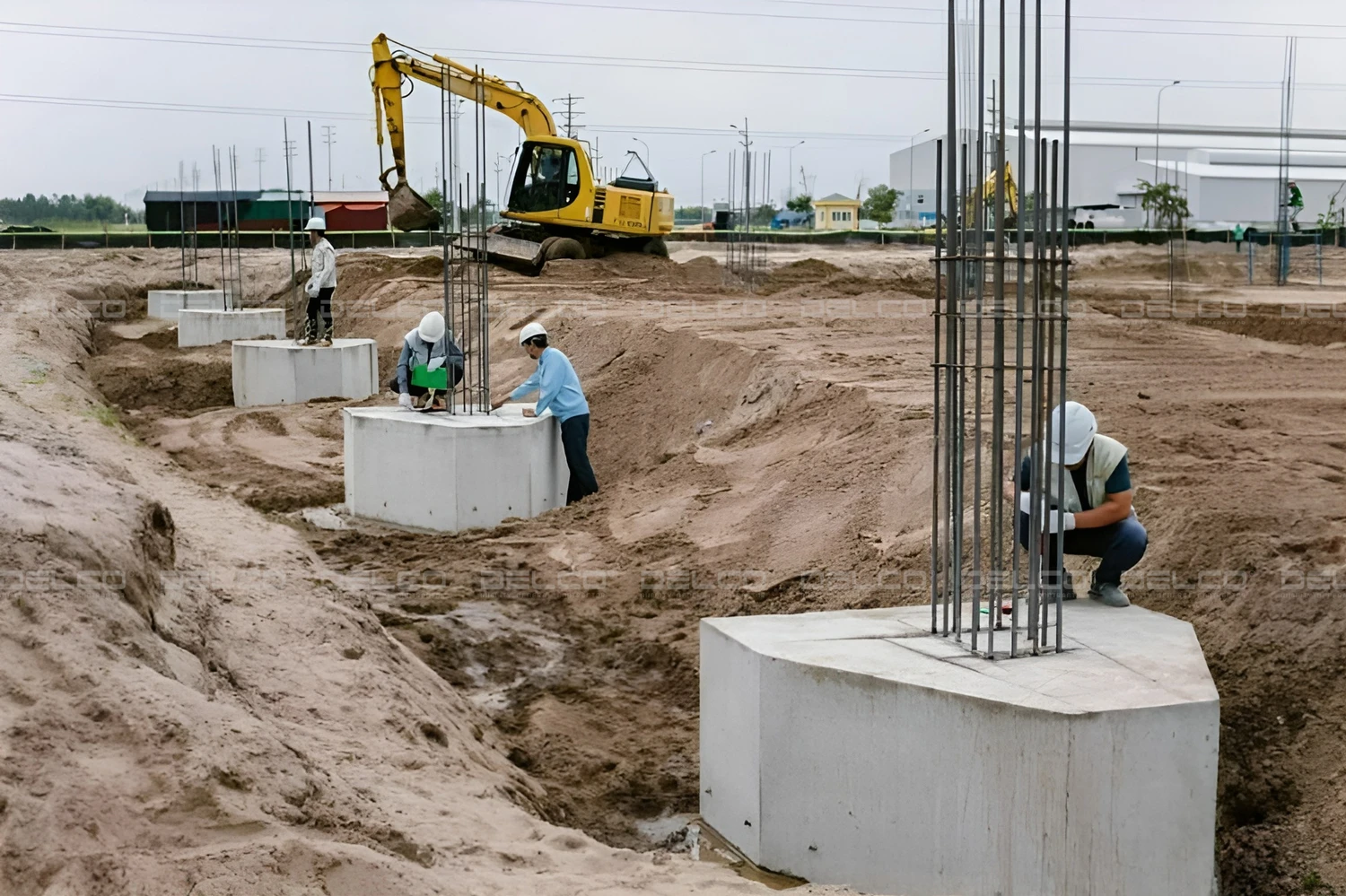
Foundation construction at Power Plus Technology factory by DELCO as general contractor, with pile driving lengths averaging from 16 to 22 meters
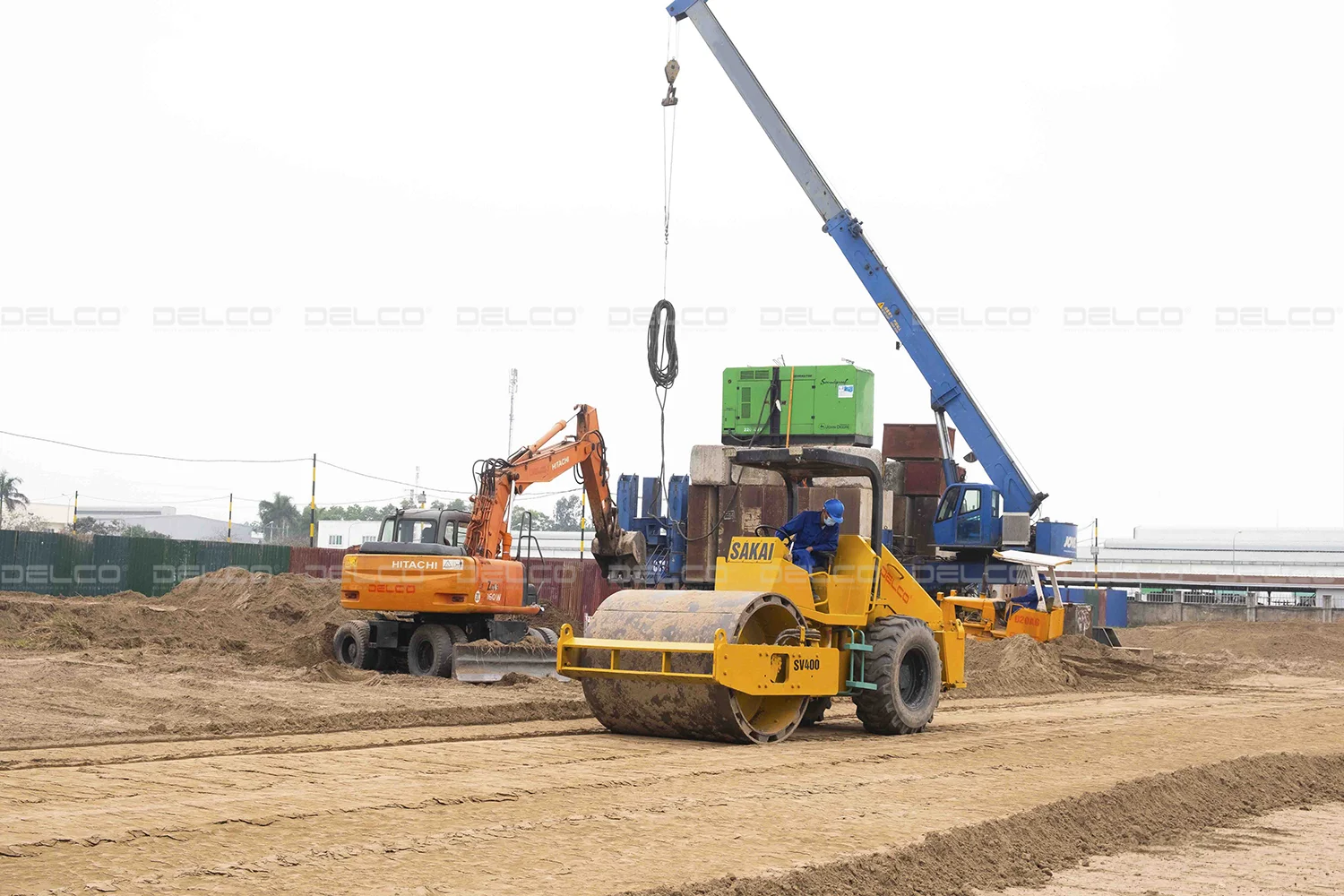
The leveling work will generate large costs for the investor, so the investor should consider carefully before choosing to build a factory on land with ponds or lakes.
Land price, area and shape
Choosing a suitable land shape and reasonable price will help investors optimize design and construction costs. Investors should work with an experienced design contractor in choosing locations to create an initial masterplan and functional zoning so that they can choose the land shape and area that fit the actual production needs, helping investors fully utilize the land and save investment costs.
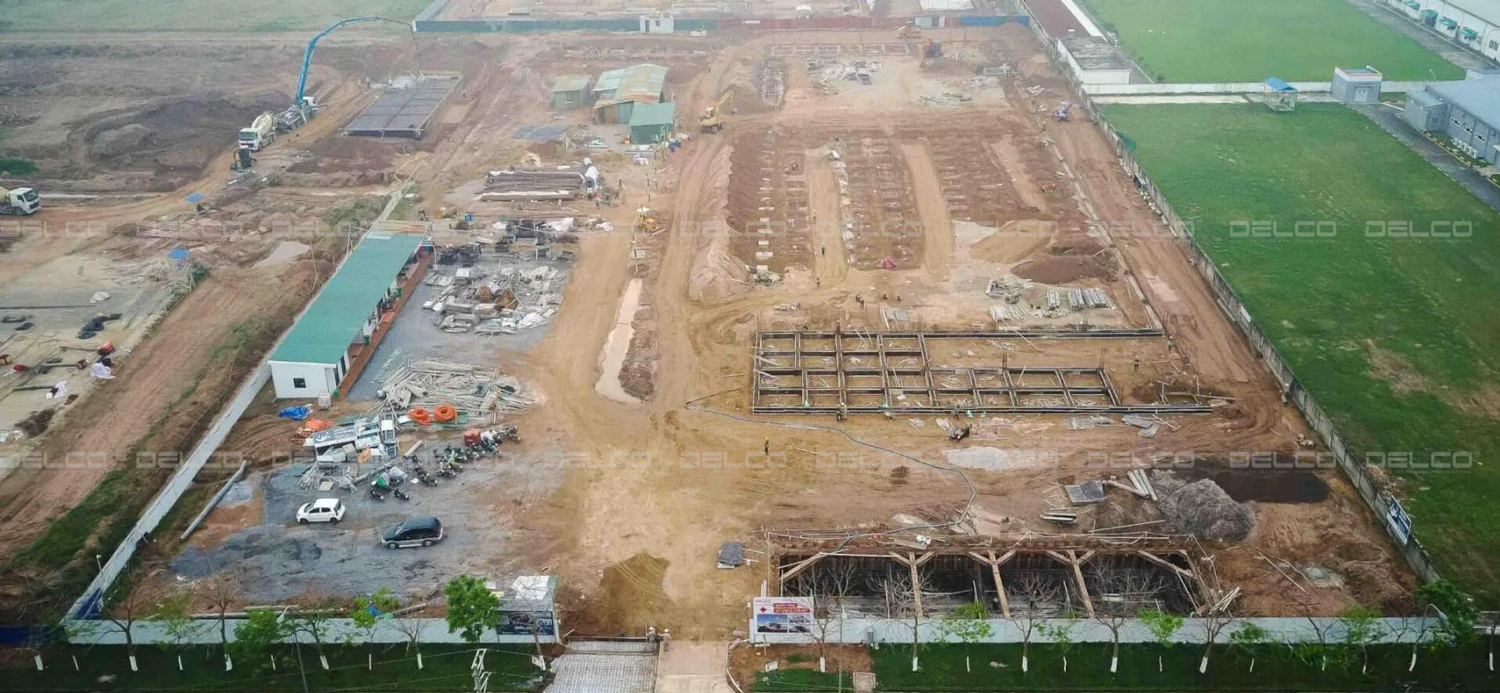
Investors should choose rectangular or square plots of land, as irregularly shaped plots with surplus corners are very difficult to use efficiently, leading to wasted land and increased costs for the investor.
See more: Detailed investment consulting services – Project management at Delco


